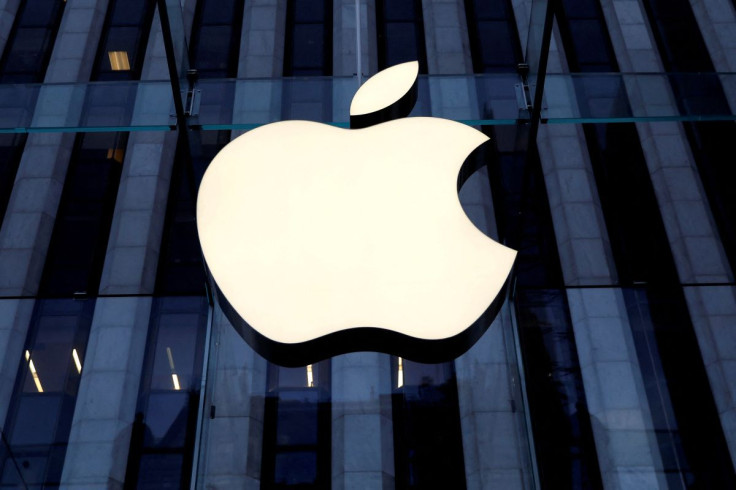Apple Results Top Estimates As IPhone Escapes Economic Slump

Apple Inc on Thursday reported profit and sales that beat Wall Street expectations, navigating parts shortages better than predicted and benefiting from unceasing demand for iPhones even as inflation has consumers tightening other spending.
Shares rose 1.7% after hours following the release of the results.
Apple said sales and profit for the quarter ended June 25 were $83.0 billion and $1.20 per share, above estimates of $82.8 billion and $1.16 per share, according to Refinitiv data.
Apple is expected to give a forecast for the current fiscal fourth quarter during an investor call, but Chief Financial Officer Luca Maestri told Reuters there had been no slowdown in demand for iPhones.
Investors are watching Apple closely as economic indicators turn negative. In the past, the iPhone maker's loyal and relatively affluent customer base has helped it weather dips better than other consumer brands.
While sales of iPhones and iPads topped expectations, revenue from services, Mac computers and accessories missed Wall Street targets and sales in the crucial China market fell 1%.
The most recent economic woes include supply chain disruptions from COVID-19 lockdowns in China that have hit production of some Apple products such as iPads and Macs. Apple, like many of its tech industry peers, is reportedly slowing hiring and cutting costs given the tough economic climate.
Apple shares closed Thursday down about 11% so far this year, slightly less than the broader S&P 500 index and also less than other consumer hardware makers such as Sonos Inc and Samsung Electronics Co.
It will be a key test of whether Apple's years-long effort to diversify its business beyond the iPhone has paid off.
Apple said iPhone sales were $40.7 billion, up about 3% from a year earlier and well ahead of the overall global smartphone market, which fell 9% during the just-ended quarter, according to Canalys data.
Growth in the company's services business, which has provided a boost to sales and profits in recent years, was 12%, below the previous year's 33% rate and resulting in $19.6 billion in revenue, below estimates of $19.7 billion.
Apple said it now has 860 million paying subscribers on either its paid services or to paid software in its App Store, up from the previous quarter's 825 million.
Apple had told investors to expect a hit of between $4 billion and $8 billion from supply chain disruptions, though it did not give an overall revenue forecast from which to subtract those numbers. Analysts believed the disruptions hardest hit sales of Macs and iPads whose assembly locations were clustered near regions of China that went into COVID lockdowns.
"Our June quarter results continued to demonstrate our ability to manage our business effectively despite the challenging operating environment," Maestri said in a statement.
Sales of iPads and Macs were $7.2 billion and $7.4 billion, compared with estimates of $6.9 billion and $8.7 billion. Mac sales represented a 10% contraction, after record sales since 2020, first from a work-from-home boost and then from Apple's new proprietary processor chips.
In its most recent fiscal year, nearly a fifth of Apple's sales came from its Greater China region after two years of struggling sales there. But now Apple is confronting slow overall economic growth in China, where its fiscal third-quarter sales were $14.6 billion, down 1%.
© Copyright Thomson Reuters 2024. All rights reserved.





















